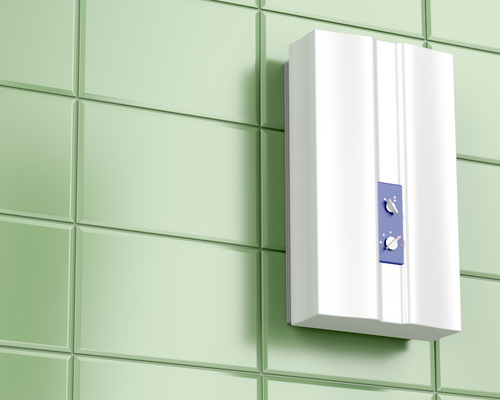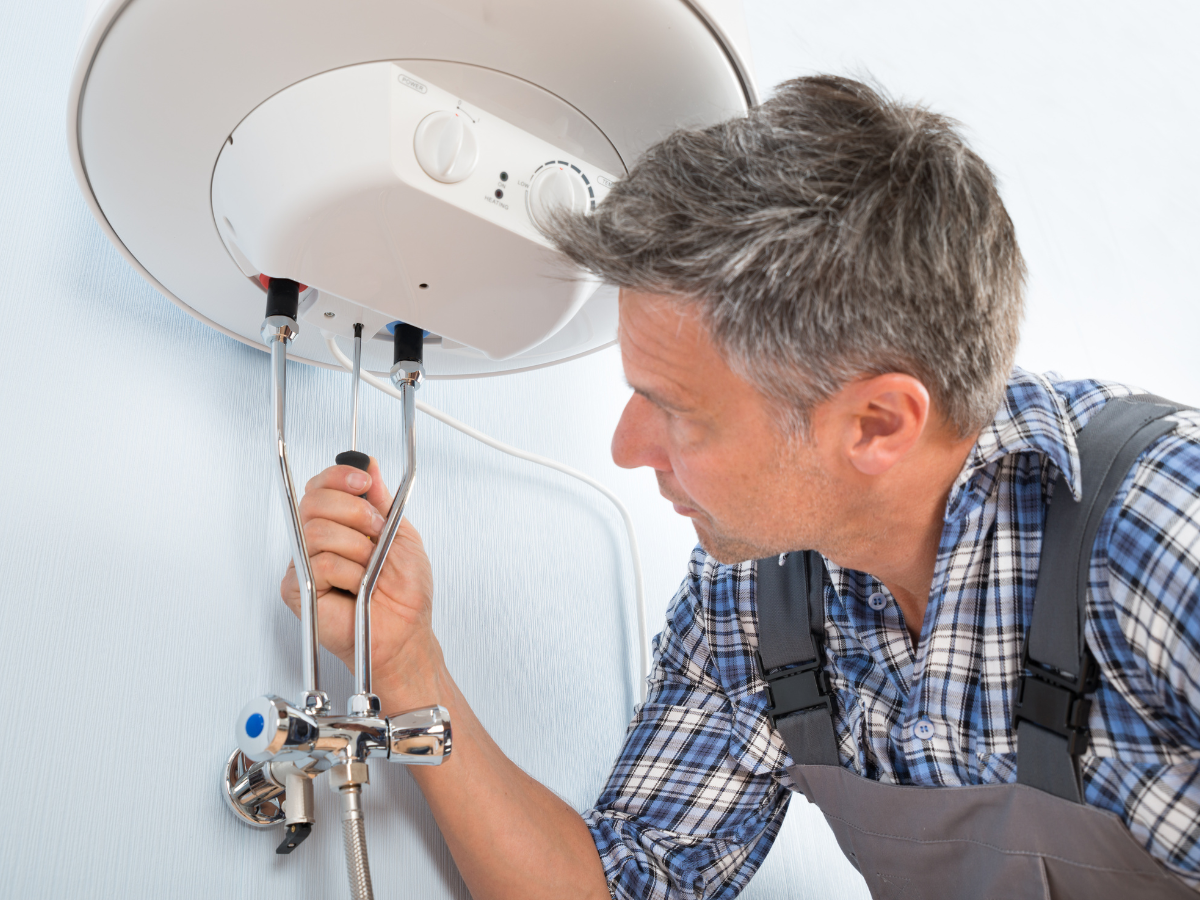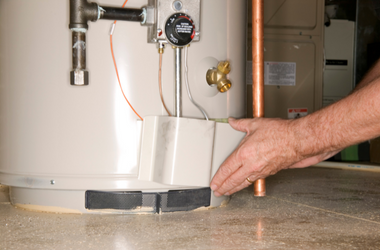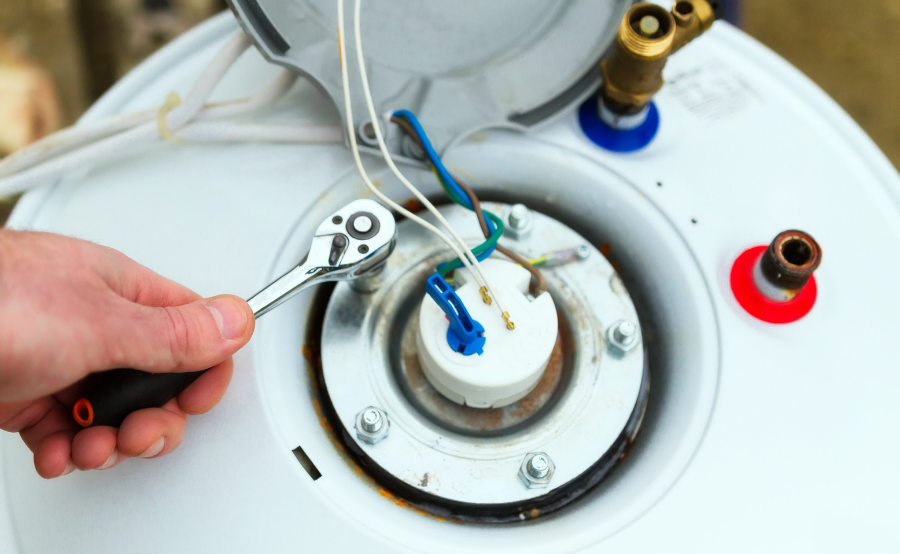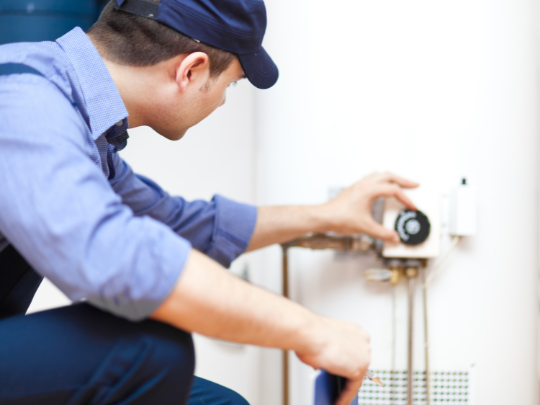Old fashioned water heaters come with large tanks where the water gets stored and heated. Newer water heaters don’t have a tank at all. This updated design was created specifically for efficiency and longevity. Keeping a continuous water supply within a tank causes rust and deterioration, while tankless water heaters remain off until it’s needed, taking a lot longer for any deterioration to occur and requiring less energy consumption. So how do they work if they aren’t continuously storing and heating up water? Read on to find out!
How They Work
Inside the tankless water heater, there is a burner that ignites when the system is tapped for hot water. Cold water moves over an aluminum heat exchanger, directly heating the water at that time. Once whatever is tapping the heater for hot water has been shut off, the whole system goes on standby. Let’s look a little further into each step of the process to understand the functionality better:
1. Hot Water Tap is Turned on, Triggering the Tankless Water Heater
Whether it’s the shower, a faucet to a sink, or a washing machine, something will turn on to trigger the tankless water heater to get started.
2. Water Flows into the Heater
Now that the hot water has been turned on, instead of an immediate flow of hot water coming through, it will start out cold. The cold water flows through sensors that trigger the computer inside the tankless water heater to begin the heating process.
3. Sensor Detects Water Flow
The internal computer will then immediately determine how hot the burners need to be to bring the cold water to the appropriate temperature. The heating will either be done by a gas burner or an electrical component. With this method, you will have an endless supply of hot water instead of being limited to the water that’s been heated inside of a tank.
4. Computer Ignites the Burner
After the burner begins heating up the water, the water then circulates around a heat exchanger until it gets to the right temperature. Then the water exits the water heater and travels through piping until it arrives where it’s needed.
5. Water Moves Through the Heat Exchanger
Once the tap has been turned off, the tankless water heater will automatically stop the heating process. This allows for efficient energy conservation, as energy is only being used during the time that hot water is needed.
Additional Considerations & Benefits
If you’re trying to decide whether to get a gas or electric tankless water heater, your decision should be made based on how you would like the water to be heated. Every tankless water heater has a max GPM flow rate for different temperatures rises. Knowing your peak water flow demand in gallons per minute and what your required temperature rise is will help you select which tankless water heater best fits your needs. Of course, this may be difficult to determine on your own, but a contractor that provides water heater installation can help you navigate this process.
Most contractors will recommend tankless water heaters over those with tanks because of the:
- Comfort. The endless supply of hot water allows you to take long hot showers, even while someone else is using hot water for dishes or elsewhere in your home.
- Convenience. Water heaters without tanks are more compact, saving space for other use. Many of them also include advanced features like digital temperature displays and remote controls.
- Conservation. Most tankless water heater models lower energy bills by 40% and last up to 20 years, reducing waste in landfills and fossil fuels used to heat water.
Tankless Water Heater Installation in Milwaukee
Flowrite Plumbing provides tankless water heater installation and repair in Milwaukee. If you have more questions about water heaters and what type you should get for your home, we can help! Contact us today to learn more or set up an installation appointment.

